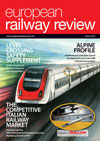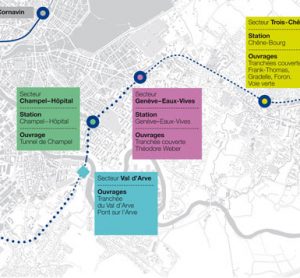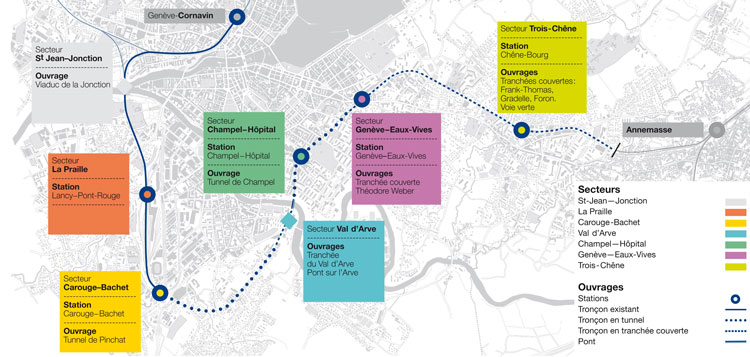‘Swedish National Team of Rail Competence’
20 September 2012 | By Lennart Klerdal, Chairman of the Board, SWERIG (the Swedish Rail Industry Group)
SWERIG, the Swedish Rail Industry Group, is often referred to as the ‘Swedish National Team of Rail Competence’. Acting on a fairly limited home market which is extremely open to competition, the Swedish rail industry has, over the years, searched for new business opportunities on the international rail market. For…






